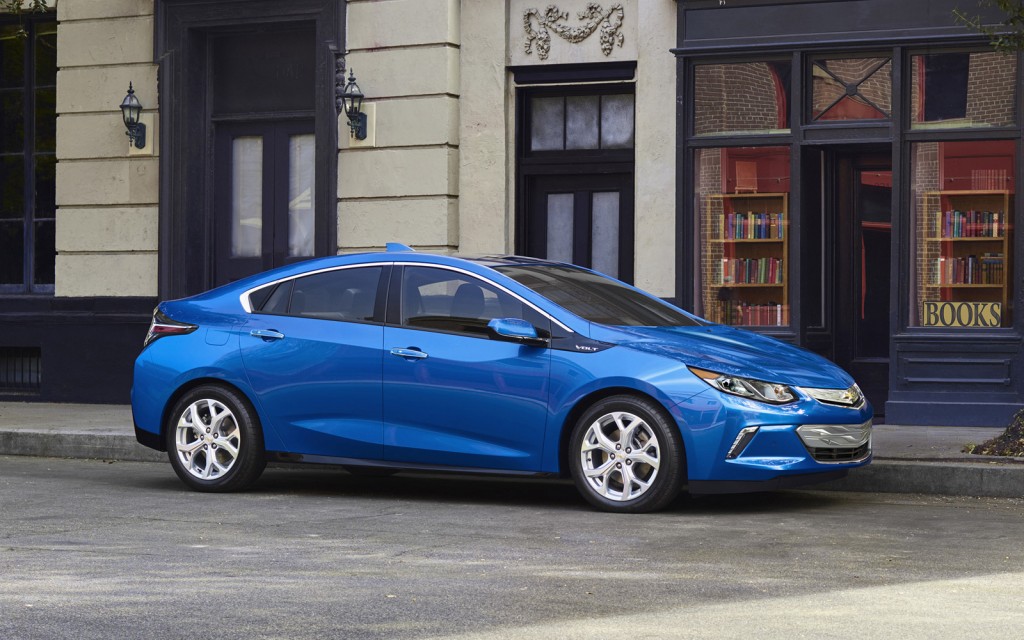Since the launch of the Chevrolet Volt almost five years ago, a battle has raged over what to call it.
Is it a range-extended electric car, as GM strongly preferred, or a plug-in hybrid as others insisted equally forcefully?
GM's goal in calling the Volt a "range-extended electric" car was to underscore its battery range, which for several years was longer than any other car with both a battery and an engine.
DON'T MISS: 2016 Chevrolet Volt Powertrain: How It Works In Electric, Hybrid Modes
Equally important, though, was what that meant for the driving experience: engine-off, all-electric power under all driving circumstances.
That's where the Volt differed from plug-in hybrids, adapted from conventional hybrids, offered by Toyota, Ford, Honda, Hyundai, Kia, and others.
No matter how hard the Volt accelerated, as long as there was charge remaining in its battery pack, the engine stayed off. None of the other cars could say that.

2016 Chevrolet Volt plug-in hybrid - details of Voltec drivetrain from SAE presentations, Feb 2015
And Chevy found that its buyers really, really liked that. So it gave them more battery range in the latest version: 50 miles instead of 38.
Now we have the second-generation 2016 Chevrolet Volt, which will land in dealerships in something like six months.
And we now know that its drivetrain is being used in the 2016 Chevrolet Malibu Hybrid, with a battery pack less than one-tenth the capacity.
ALSO SEE: Why Can't Other Plug-In Hybrids Copy Chevy Volt's All-Electric Running?
Moreover, we know that the latest iteration of the Chevy Volt has had a new mode added to its engine-on operation.
That mode selects among engine torque and torque from one or both of the electric motors to power the front wheels--whichever is most efficient under specific circumstances.
The previous Volt could contribute engine torque to the wheels under certain circumstances, largely high-speed running, but it was far more limited.

2016 Chevrolet Volt
The 2016 Volt, in other words, now behaves more like conventional hybrids once the battery is depleted.
So we've decided that, unlike our practice for the first-generation Volt, we'll be referring to the 2016 and later Volts as plug-in hybrids.
It's now technically more accurate, and it also has a great benefit in simplicity.
MORE: Chevrolet Malibu Hybrid: Volt's Sibling Without A Plug May Be First Of Several
We now have hybrids, plug-in hybrids, and battery-electric cars, although the BMW i3 REx remains a range-extended electric car (as does the defunct Fisker Karma).
We also note that at least one piece of General Motors marketing material for the new Volt uses the "plug-in hybrid" phrase.
Let the debates begin.
_________________________________________________













